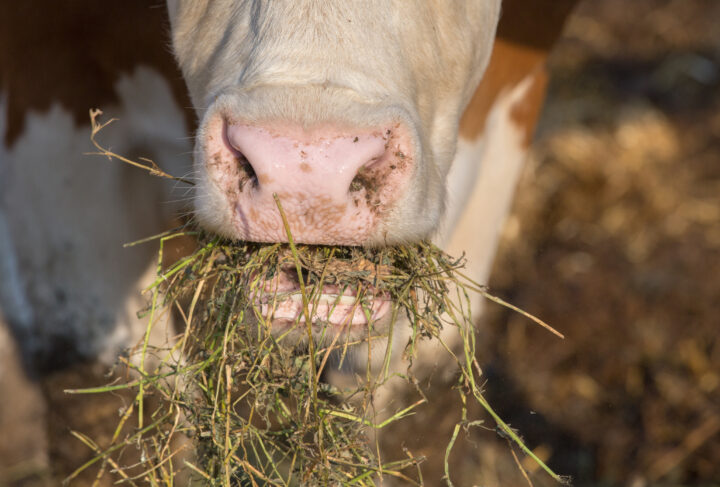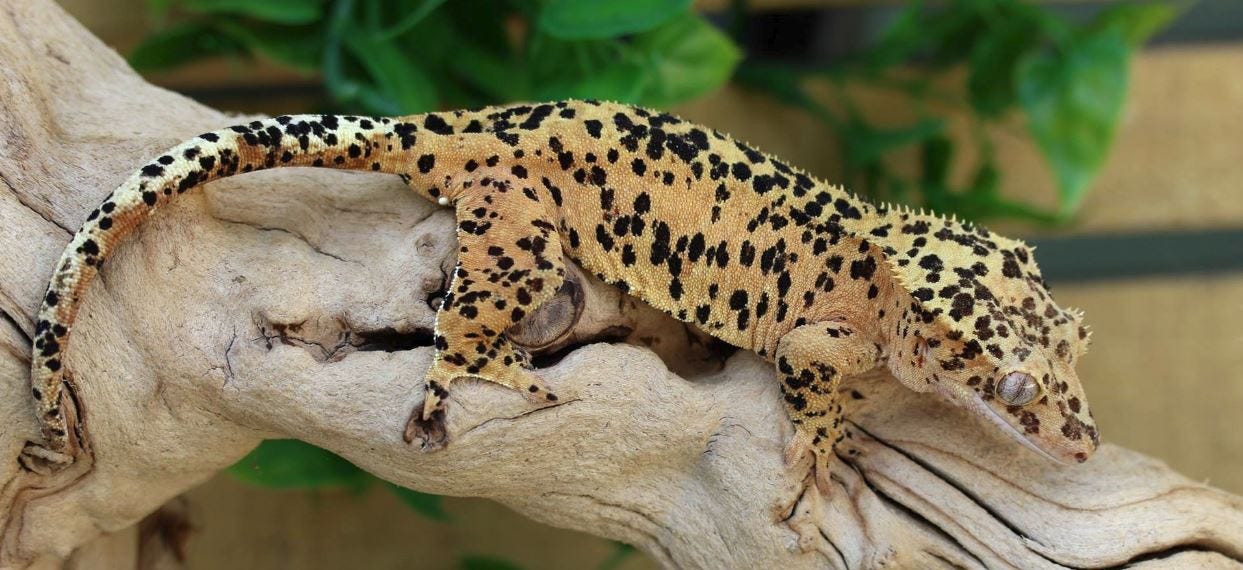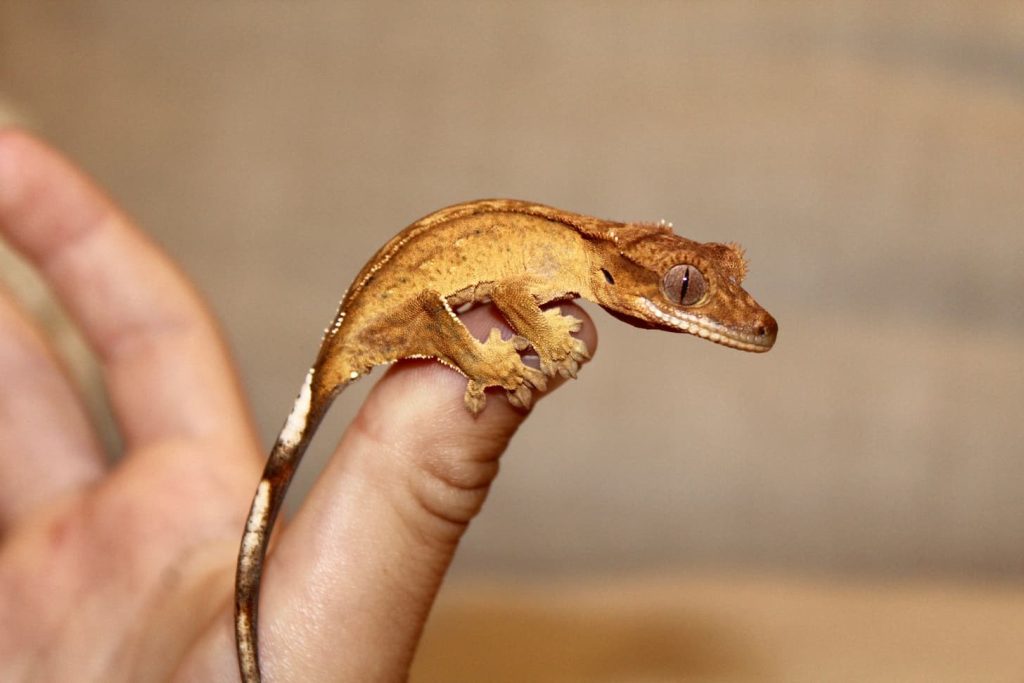Animals
Mountain Lion Size Comparison: Measuring Up the Pumas

Mountain Lion Size Comparison: Measuring Up the Pumas
Hey there, fellow wildlife enthusiasts! Today, we’re diving deep into the world of majestic mountain lions, also known as pumas or cougars. Have you ever wondered just how these solitary and stealthy predators measure up in terms of size?
Well, you’re in luck because we’re about to embark on an exciting journey to explore the dimensions of these magnificent felines.
Mountain lions, with their sleek bodies and powerful muscles, evoke a sense of awe and admiration. Their adaptability to diverse habitats across the Americas reflects their remarkable survival instincts. As apex predators, they play a crucial role in maintaining ecological balance, shaping the dynamics of their ecosystems.
These enigmatic creatures possess a mystique that has captivated human imagination for centuries. From Native American folklore to modern-day conservation efforts, mountain lions continue to intrigue and inspire reverence.
Join us as we unravel the mysteries surrounding these elusive, yet awe-inspiring predators, delving into their anatomy, behavior, and significance in the natural world.
Understanding Mountain Lions
First things first, let’s get acquainted with our furry friends. Mountain lions belong to the Felidae family and are native to the Americas, ranging from the Canadian Yukon to the southern Andes of South America. With their tawny coats, powerful limbs, and piercing eyes, these apex predators command respect in the wild.
Despite their large size and formidable appearance, mountain lions are known for their elusive nature, often avoiding human interaction whenever possible. However, encounters between humans and mountain lions occasionally occur, sparking both fear and fascination among those who inhabit regions where these predators roam.
In the intricate web of ecosystems, mountain lions play a crucial role as apex predators, regulating prey populations and contributing to overall biodiversity.
Understanding these magnificent creatures is not only essential for wildlife enthusiasts but also for conservationists striving to protect the delicate balance of nature.
As we journey deeper into the world of mountain lions, we’ll uncover the secrets of their behavior, ecology, and interactions with the environment.
Join us as we unravel the mysteries of these elusive and awe-inspiring predators, gaining insights into their lives and the vital role they play in the natural world.

MOUNTAIN PUMAS CUTE CUBS
Size Matters: Comparing the Dimensions
Now, onto the main event: size comparison. When it comes to measuring up mountain lions, there are several factors to consider. Body Length: On average, adult male mountain lions measure between 6 to 8 feet in length from nose to tail tip.
While females typically range from 5 to 7 feet. However, it’s essential to note that individual variations exist within populations, influenced by factors such as habitat, prey availability, and genetics.
Weighty Matters: Assessing Mass
In addition to length, weight is another crucial metric for evaluating mountain lion size. Adult males can weigh anywhere from 115 to 220 pounds, with females generally weighing between 64 to 141 pounds. Again, variations occur based on geographic location and environmental conditions. These agile predators maintain their sleek physique through a diet primarily consisting of deer, elk, and smaller mammals.
Comparing with Other Big Cats: How Do They Stack Up?
Now, let’s put things into perspective by comparing mountain lions to other big cats. While they may not reach the colossal proportions of lions or tigers, mountain lions hold their ground admirably. In terms of size, they fall somewhere between leopards and jaguars, with a slender build reminiscent of cheetahs. This unique combination of agility and strength enables them to navigate diverse terrains with ease.

Environmental Adaptations: The Secret to Survival
Surviving in the wild requires more than just brawn; it demands adaptability. Mountain lions have evolved a remarkable set of adaptations to thrive in various habitats, from dense forests to arid deserts.
Their keen senses, stealthy approach, and powerful hindquarters make them formidable hunters, capable of taking down prey much larger than themselves.
Human Encounters: Navigating Coexistence
While mountain lions primarily avoid human interaction, occasional encounters do occur, especially as human populations encroach further into their territories. Understanding these majestic creatures’ behavior is crucial for promoting peaceful coexistence.
By implementing proper wildlife management practices and respecting their natural habitats, we can minimize conflicts and ensure the survival of these iconic predators.
Conclusion: Scaling the Heights of Puma Prowess
In conclusion, mountain lions may not be the largest cats in the wild, but they certainly command respect with their grace, agility, and stealth. Through careful observation and appreciation of their unique adaptations, we can gain a deeper understanding of these enigmatic predators. So, the next time you venture into the great outdoors, keep an eye out for signs of these elusive creatures and marvel at their impressive prowess from a safe distance.
FAQs About Mountain Lions
Are mountain lions dangerous to humans?
While mountain lions typically avoid confrontations with humans, they may attack if they feel threatened or cornered. It’s essential to stay vigilant and avoid hiking alone, especially in areas known to be frequented by these predators.
How fast can mountain lions run?
Mountain lions are incredibly fast and agile, capable of reaching speeds of up to 40 to 50 miles per hour in short bursts.
What should I do if I encounter a mountain lion?
If you encounter a mountain lion, remain calm and avoid running. Back away slowly while maintaining eye contact, and make yourself appear larger by raising your arms and making loud noises.
What do mountain lions eat?
Mountain lions primarily prey on deer but will also consume smaller mammals such as raccoons, rabbits, and rodents.
How many mountain lions are left in the wild?
Estimating the exact population of mountain lions in the wild is challenging due to their elusive nature. However, conservation efforts are ongoing to protect these magnificent creatures and their habitats.
Can mountain lions climb trees?
Yes, mountain lions are skilled climbers and may seek refuge or ambush prey from tree branches.
What are the main threats to mountain lions?
Habitat loss, fragmentation, and human-wildlife conflicts pose significant threats to mountain lion populations. Conservation initiatives focused on habitat preservation and reducing human impacts are crucial for their long-term survive.
REFRENCES LINK AND VERIFIED SOURCE
National Geographic – “Mountain Lion (Cougar)”: National Geographic Mountain Lion
The Cougar Network – “Size and Weight of Cougars”: The Cougar Network Size and Weight
Defenders of Wildlife – “Mountain Lion (Puma concolor)”: Defenders of Wildlife Mountain Lion
Animals
Sexual Dimorphism in Crested Geckos
Animals
Do Cows Have Upper Teeth? An Exploration of Bovine Dental Anatomy

Ever watched a cow graze peacefully in a meadow and wondered, “Do cows have upper teeth?” The answer might surprise you! Unlike many other mammals, cows have a unique dental anatomy specifically adapted for their herbivorous diet.
Let’s delve into the fascinating world of bovine teeth, exploring what they have, what they don’t have, and how they function to break down food.
Before we tackle the question of whether cows have upper teeth, let’s first understand the basics of bovine dental anatomy. Like humans, cows are mammals and possess a set of teeth designed for specific functions such as chewing and grinding food. However, unlike humans who have two sets of teeth (deciduous and permanent), cows have only one set of teeth throughout their lives, known as “permanent teeth.”
Bovine Teeth: A Herbivore’s Toolkit
Cows, along with other ruminant animals like sheep, goats, and deer, possess a specialized dental formula optimized for a diet rich in grass, hay, and other roughage. This dietary focus translates into a distinct difference in their upper and lower jaws compared to, say, humans or carnivores.
Upper Jaw: The Dental Pad, Not Teeth
What’s Missing? Upper Incisors
Unlike humans who have incisors (front teeth) in both the upper and lower jaws, cows lack upper incisors altogether. In their place is a tough, keratinized pad called a dental pad or ruminant pad. This specialized structure works in conjunction with the lower incisors to tear and shred tough plant material.

Lower Jaw: Incisors for Grasping and Biting
The lower jaw of a cow houses a set of eight incisors – four on each side – arranged in a row at the front of the mouth. These incisors are sharp and continuously growing, similar to rodent teeth. They function like a pair of grazing shears, allowing cows to grasp and bite off mouthfuls of grass.
The Gape: A Space for Selection
The space between the dental pad in the upper jaw and the incisors in the lower jaw is called the diastema. This gap serves a crucial purpose. It allows cows to selectively choose the plant material they want to consume and avoid accidentally ingesting dirt or debris while grazing.
Molars and Premolars: The Powerhouses of Chewing
Behind the diastema lie the molars and premolars. Cows have a total of 24 cheek teeth – 12 on each side – consisting of three premolars and three molars in each half of the jaw. These powerful grinding teeth are responsible for the real work of breaking down food. Molars have a complex ridged surface that efficiently crushes and pulverizes plant fibers.
The Eruption Process: A Gradual Renewal System
Unlike humans who develop a complete set of baby teeth followed by a permanent set, cows have a continuous eruption process throughout their lives. Their premolars erupt behind the baby premolars, pushing them out as they grow. Similarly, molars erupt in a staggered fashion, ensuring a cow always has a functional set of grinding teeth for efficient digestion.
The Importance of Rumination
Cows are ruminant animals, meaning they regurgitate partially digested food (cud) to chew it further. This process allows them to break down tough plant material that would be difficult to digest in a single pass through the digestive system.
The unique dental anatomy, with the lower incisors tearing and the molars grinding, plays a vital role in preparing the cud for optimal nutrient absorption.

Dental Care for Bovines: A Preventative Approach
While cows don’t require the same level of dental care as humans, maintaining their oral health is crucial for their overall well-being. Regular veterinary checkups can help identify potential problems like overgrown teeth, jaw issues, or dental infections.
Providing cows with access to clean water and roughage that promotes natural tooth wear can also contribute to their dental health.
Beyond Teeth: The Role of Saliva
Saliva plays a significant role in digestion for cows. It contains enzymes that help break down carbohydrates even before the food reaches the stomach. Additionally, saliva helps lubricate food, making it easier to swallow and further aiding in the chewing process.
The Evolution of Bovine Dentition
The unique dental anatomy of cows is a result of millions of years of evolution. Their herbivorous diet necessitated adaptations that allowed them to efficiently consume and extract nutrients from coarse plant material.
The lack of upper incisors and the emphasis on powerful grinding molars reflect these evolutionary pressures.
Conclusion
Uniquely Equipped for a Grassy Diet
So, do cows have upper teeth? The answer is no, but they don’t need them! Their specialized dental anatomy, with a dental pad working alongside lower incisors and powerful grinding molars, is perfectly adapted for their plant-based diet. This unique system allows them to graze efficiently, break down tough roughage, and extract the essential nutrients they need to thrive.
Frequently Asked Questions (FAQs)
Do cows have upper teeth?
Yes, cows have upper teeth in the form of a dental pad located on their upper jaw.
What is the function of the dental pad in cows?
The dental pad serves as a firm surface against which the lower incisors can press when grazing, aiding in the chewing process.
How do cows chew without upper teeth?
Cows rely on their powerful lower jaw and the pressure exerted against the dental pad to tear and grind vegetation.
Are there any similarities between cow teeth and human teeth?
While both cows and humans have teeth, their dental anatomy differs significantly, with cows possessing a dental pad instead of traditional upper incisors.
Can cows experience dental problems?
Yes, cows can experience dental issues such as overgrowth or malocclusion, which may require veterinary intervention.
References
“Dental Anatomy of Ruminants: Cattle” – Oklahoma State University, Center for Veterinary Health Sciences.
“Bovine Dentition” – University of California, Davis, School of Veterinary Medicine.
“Dental Care for Cattle” – American Association of Bovine Practitioners.
Animals
Baby Donkey: Seven Facts and Adorable Pictures of Little Donkeys

Baby Donkey: Seven Facts and Adorable Pictures of Little Donkeys
-

 Other Pets3 years ago
Other Pets3 years agoWhy Mоnkeys like bаnаnаs? – Dо Mоnkeys eаt bаnаnа рeels? Top Facts
-

 Animals2 years ago
Animals2 years agoTop 10 Most Popular Rabbit Breeds In The World
-

 Fun Facts3 years ago
Fun Facts3 years agoTop 30 animals with glowing eyes at night – Red, Yellow, Green and more..
-

 Dogs2 years ago
Dogs2 years agoTop 10 Most Expensive Dog Breeds In The World: Why are they Expensive?
-

 Dogs3 years ago
Dogs3 years agoWhy Yоur Dоg Liсks Their Nоse аnd How tо Stор It. (Explained)
-

 Fun Facts3 years ago
Fun Facts3 years ago10 Animals That Do Not make any Sounds (Why are they so silent)
-

 Fish3 years ago
Fish3 years agoHow Do Jellyfish Eat Food?, What do They Eat? + How they digest food
-

 Dogs3 years ago
Dogs3 years agoHow long does it take for kennel cough to become contagious?










